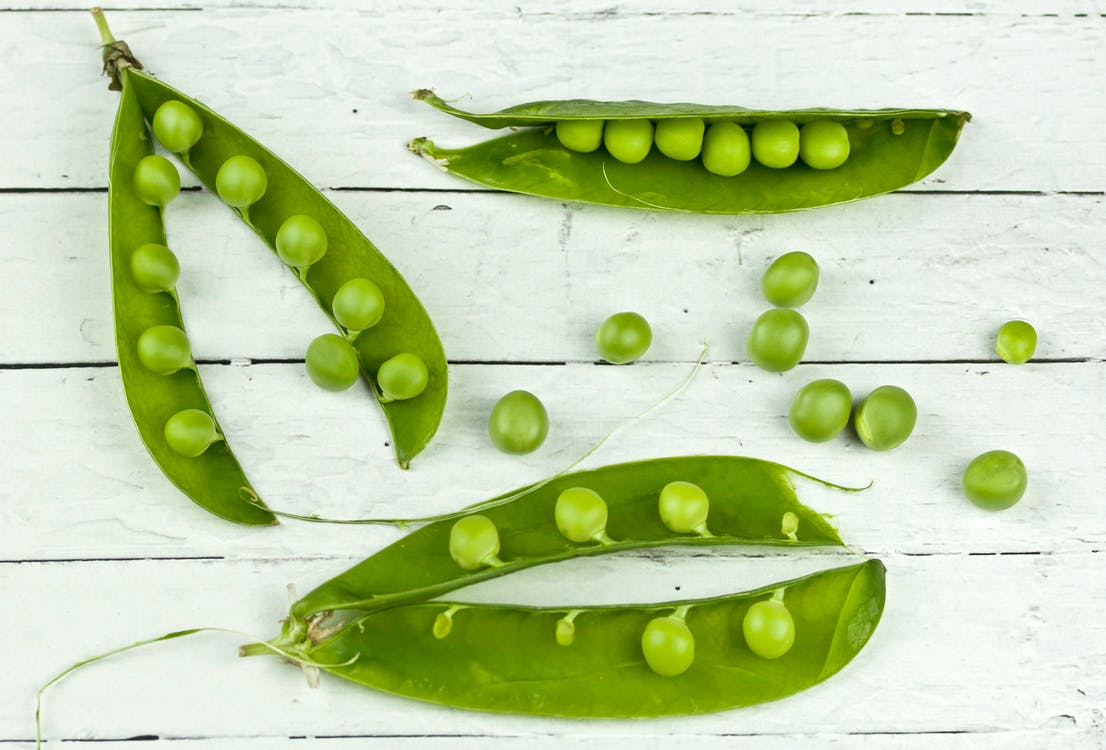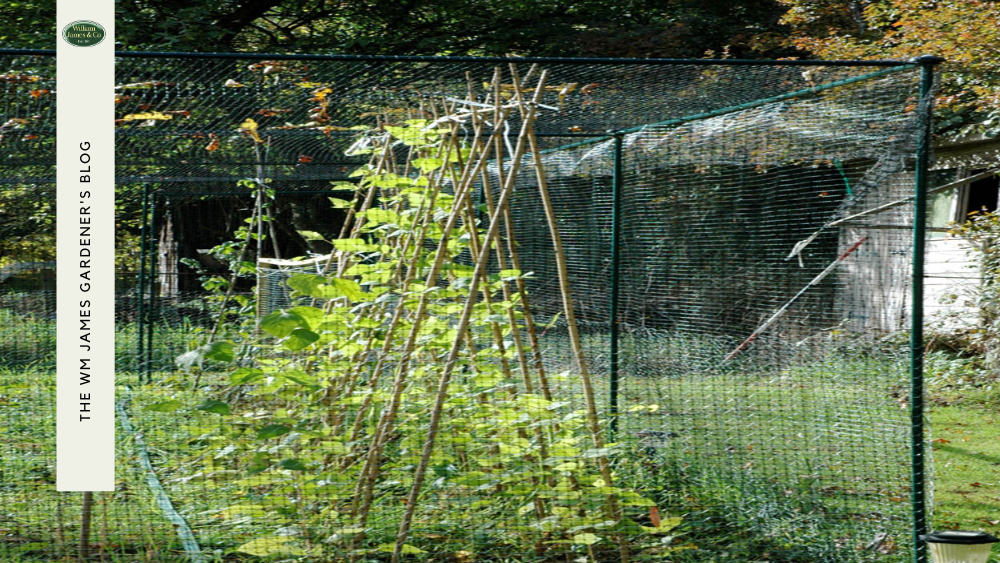We use cookies to make your experience better. To comply with the new e-Privacy directive, we need to ask for your consent to set the cookies. Learn more.
8 Vegetables To Plant In February With Growing Tips
- Admin
- WM James Gardening Blog
- 30 Mar 2022
-
9views

February is an exciting time for your vegetable crop. As those cold winter frosts diminish, the cool environment is ideal for sowing seeds. Planting vegetables early in the year also minimises your risk of pests like snails and slugs. This guide from William James & Co will discuss eight of the best vegetables you can grow in February.
8 Garden Vegetables To Grow In February
Is it too early to sow seeds in February? It is never too early! The earlier you start sowing your seeds in the year, the more you will enjoy a generous spring/summer harvest. Below – we have listed eight vegetables that you can grow throughout February. With delicious carrots and hardy broad beans, there is something to suit everyone's tastes.
- Parsnips
- Broad Beans
- Peas
- Carrots
- Radish
- Cabbage
- Cucumber
- Tomatoes
It is vital that you understand how to plant these vegetables successfully. Let’s delve into some growing tips for each vegetable, starting with parsnips.

Parsnips
This root vegetable belongs to the carrot family. If you want to enjoy the sweetness that parsnips can offer, you’ll want to plant them during a winter frost. The good news is they need little maintenance and grow underground until they are ready.
Growing Tips:
- Sow your seeds in deep, light soil around half an inch deep.
- Before you sow your seeds, warm the soil for the best results. We recommend using our Longrow Super Cloche for this.
- Ensure that the soil is evenly moist as this will stop the roots from splitting.

Broad Beans
Broad beans are another low maintenance vegetable to add to your crop. They are relatively easy to grow as they can adapt to various soils and climates and take up little space in your garden.
Growing Tips:
- Start by planting your broad beans in small pots and transplant them outside during the spring.
- Place one bean into each put – avoid overcrowding them as they will not irrigate.
- Use a good potting soil.

Peas
Peas are a must-have in your vegetable garden. They are packed full of delicious protein and can be used in various dishes. You will find most pea varieties are ready for harvest after around 70 days.
Growing Tips:
- You can start growing your pea shoots inside or sow them outdoors straight away.
- If you are sowing outdoors, cover your peas with a wire mesh to deter pests. Our Weldmesh Roll would be ideal.
- Improve the soil by digging in plenty of compost.

Carrots
If there is one root vegetable you must-have in your plot, it’s carrots. Versatile and rich in minerals, fibre and vitamins, the mighty carrot can be eaten raw and cooked – we think they are pretty tasty!
Growing Tips:
- Ensure your soil is well-drained. Too heavy, and it will stunt the growth of the carrots.
- If sowing outdoors, cover your carrots with a fleece lining to keep them warm. Our Fleece Gardening Tunnel is perfect for those colder months.
- Go easy on watering as carrots are drought resistant.

Radish
You may be surprised to know that radishes offer several health benefits. This root vegetable is quick to crop. If grown correctly, you will only have to wait four weeks to harvest them.
Growing Tips:
- Sow your seeds directly outdoors to avoid disturbing the root.
- Before you sow your seeds, pre-warm the soil using a cloche or fleece lining.
- Ensure the soil is moist by regularly watering your crop.

Cabbage
Cabbage is a hardy vegetable that is packed full of nutrients. They belong to the same plant family as broccoli and take around four to six months to grow.
Growing Tips:
- For the best results, sow your cabbage seeds indoors in pots or trays.
- Cabbage plants are prone to pests. Cover with a wire mesh to protect them.
- Use fertile, well-drained soil.

Cucumber
It is important to note that the vines of a cucumber plant take up a lot of space when growing. So, before you plant them, take the size of your plot into consideration.
Growing Tips:
- For best results, sow your cucumber seeds in a heated greenhouse.
- Sow the seeds on their side and use two in each pot.
- Avoid planting cucumbers next to tree roots as they will deprive them of the nutrients and water they need.

Tomatoes
Tomatoes are another addition that are easy to grow. If you are a gardening beginner, we recommend growing cherry tomatoes as they are low maintenance and produce crop after crop.
Growing Tips:
- Sow your tomatoes seeds indoors in warm conditions before later transferring them outside after the last frost.
- Use our Upside Down Hanging Tomato Planter to yield a big harvest - a must-have!
- Avoid overcrowding your tomato seedlings for the best results.
Conclusion
A February crop can certainly be highly rewarding. You can use this time to vary your crop by choosing a range of different vegetables. Carrots can be a great healthy snack, while cucumber is the perfect fresh ingredient for a homemade salad. You are spoilt for choice! If you would like some more gardening tips, check out our gardener’s diary on our website.











